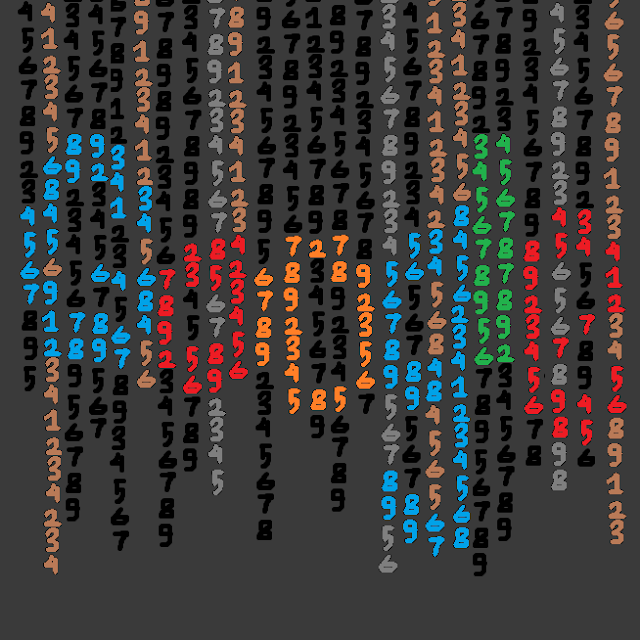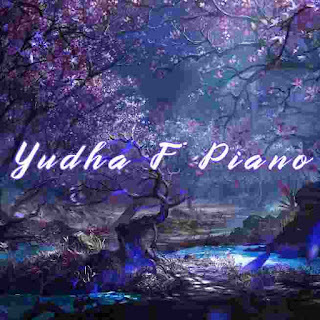The Piano in Film Scores - 10 Iconic Examples That Shaped Cinematic History - Blog No. 101
When the screen fades to black, and the credits roll, it’s often the music that lingers. Few instruments capture the raw emotion of a film like the piano. Whether it’s the tender whisper of keys in a love scene or a haunting solo in a thriller, the piano holds a sacred space in cinematic storytelling. From epic blockbusters to intimate indie films, these 88 keys have served as both voice and vessel for some of the most unforgettable moments in film history.
In this post, we’ll journey through 10 iconic examples where the piano defined a film score, transformed a scene, and became immortal in the ears of moviegoers around the world.
Related
🎹 1. The Piano (1993) – Michael Nyman’s “The Heart Asks Pleasure First”
Let’s begin with the film that made the piano its literal and symbolic heartbeat.
In Jane Campion’s The Piano, the instrument isn’t just part of the score—it’s part of the plot. Ada, a mute woman portrayed by Holly Hunter, communicates her emotions entirely through her piano playing. Michael Nyman’s minimalist yet emotional score, especially “The Heart Asks Pleasure First,” became a haunting anthem of longing and unspoken love.
The piece’s repeating motifs echo Ada’s inner turmoil and resilience. It’s simple yet stirring, perfectly matching the misty landscapes of 19th-century New Zealand. The track became a classical crossover hit and remains one of the most recognized piano themes in cinema.
🎧 SEO Tip: Fans often search for "The Piano 1993 soundtrack piano sheet music" and “Michael Nyman piano theme.” Including these keywords can help drive traffic to your blog.
🎹 2. Amélie (2001) – Yann Tiersen’s “Comptine d’un autre été: L'après-midi”
Parisian charm, quirky characters, and a dreamy, accordion-tinged score define Amélie, but it’s the piano-led track “Comptine d’un autre été: L'après-midi” that truly captures the heart.
Yann Tiersen’s piece evokes childhood wonder with a tinge of melancholy. It plays during quiet reflections and small joys—exactly what the film is about. With gentle arpeggios and a waltz-like structure, the piano adds a magical realism to Amélie’s world.
The track has since become a favorite for piano students and romantic playlists alike, solidifying its place in the pantheon of unforgettable film music.
🎹 3. Forrest Gump (1994) – Alan Silvestri’s Main Theme
“I may not be a smart man, but I know what love is.”
As Tom Hanks delivers that unforgettable line, it’s Alan Silvestri’s gentle piano theme that wraps the audience in nostalgia. The Forrest Gump main theme is simplicity at its finest—just a few repeating notes, yet packed with emotion.
It’s childlike, innocent, and deeply moving. The piano doesn’t scream its presence; instead, it quietly walks alongside Forrest through his life’s ups and downs, like a musical best friend.
🎹 Pro Tip: The score’s simplicity makes it one of the most searched beginner film piano pieces.
🎹 4. Interstellar (2014) – Hans Zimmer’s “Stay”
While Hans Zimmer is best known for booming brass and heavy percussion, Interstellar showcased his softer side—particularly in the track “Stay.”
Layered over organ textures and ambient soundscapes is a minimalist piano motif that pulses like a heartbeat. The piano’s repetitive rhythm mimics the ticking of time—a central theme in the film.
Zimmer composed the score using a small church organ, string ensemble, and yes, a simple upright piano. The result is chilling, spiritual, and profoundly emotional.
💡 SEO Insight: Use long-tail keywords like “Interstellar piano sheet music” or “Hans Zimmer Stay piano theme.”
🎹 5. La La Land (2016) – Justin Hurwitz’s “Mia & Sebastian’s Theme”
Few modern films have celebrated the romance of piano like La La Land. In a world of bright colors, tap dancing, and jazz clubs, the piano theme “Mia & Sebastian’s Theme” becomes the film’s emotional core.
Composed by Justin Hurwitz and played by Ryan Gosling (who trained for months), the theme is nostalgic, jazzy, and heartbreakingly beautiful. It begins with quiet intimacy and builds into sweeping orchestral passion.
It’s not just a theme—it’s the love story, encapsulated in music.
🎹 6. The Theory of Everything (2014) – Jóhann Jóhannsson’s “Arrival of the Birds”
Technically part of the The Theory of Everything score, “Arrival of the Birds” was originally composed by The Cinematic Orchestra but gained widespread recognition through its poignant use in the film’s climax.
Soft piano lines pair with soaring strings, echoing the hope and tragedy of Stephen Hawking’s life. Jóhannsson’s genius lay in how he wove piano into every stage of the story: discovery, heartbreak, resilience.
The piano, gentle yet profound, becomes a symbol of both vulnerability and strength.
🎹 7. The Pianist (2002) – Chopin’s Ballade No. 1
Roman Polanski’s The Pianist is arguably the most literal use of piano in cinema. Based on the true story of Władysław Szpilman, a Polish-Jewish pianist, the film uses classical piano to highlight both beauty and brutality.
The defining scene? Szpilman, starving and hiding in the ruins of Warsaw, plays Chopin’s Ballade No. 1 for a German officer. The piano becomes a plea for humanity.
It’s devastating and transcendent—a moment where art saves a life.
🎼 Classical meets cinematic—this post can target phrases like “Chopin in The Pianist movie” or “Władysław Szpilman piano scene.”
🎹 8. In the Mood for Love (2000) – Shigeru Umebayashi’s “Yumeji’s Theme”
This film isn’t only about longing—it is longing, distilled into visuals and sound. Wong Kar-Wai’s In the Mood for Love uses music like a memory loop, with “Yumeji’s Theme” recurring throughout the film.
Though originally written for another film, the piece—with its lilting, hypnotic piano—feels like it was born for this story. The piano walks with the characters through hallways, rainstorms, and missed connections.
It’s a masterclass in using repetition and restraint.
🎹 9. Up (2009) – Michael Giacchino’s “Married Life”
Four minutes. No dialogue. Just a piano, some strings, and two lives told in one of the most emotional montages in animated film history.
Pixar’s Up hit audiences hard with “Married Life,” a tune that begins light and whimsical, then subtly shifts as life takes its toll. Giacchino’s use of piano gives the sequence its emotional elasticity—stretching between joy and sorrow, laughter and loss.
It’s a reminder that the simplest melodies can hold the deepest meaning.
👶 Search-ready phrases: “Up Pixar montage piano music” or “Up movie piano sheet Married Life.”
🎹 10. A Beautiful Mind (2001) – James Horner’s Piano Score
James Horner’s score for A Beautiful Mind is understated genius. The piano, often accompanied by solo violin or light orchestration, mirrors John Nash’s mathematical mind—precise, obsessive, and fragile.
The score doesn’t just accompany Nash’s story; it reflects his inner world. At times delicate, at times dissonant, the piano helps us hear what genius sounds like.
It’s an example of how piano in film can shift from background texture to psychological insight.
🎬 Why Piano Works So Well in Film Scores
What makes the piano such a powerful instrument in film music?
-
Emotional Range: From lullabies to climaxes, it covers joy, sorrow, fear, and wonder.
-
Simplicity: A single piano can sound complete, unlike other instruments that rely on ensembles.
-
Cultural Familiarity: Most people have seen or touched a piano. It’s universally understood.
-
Versatility: It fits every genre—romance, horror, sci-fi, drama, animation.
-
Narrative Symbol: Often, the piano itself is part of the story, not just the soundtrack.
Whether it’s the sparse notes of a lonely soul or the flourishes of romantic flair, the piano knows how to tell a story without saying a word.
Related
🎼 Final Notes: The Soundtrack of Our Lives
From dusty uprights in war-torn cities to baby grands in jazz bars, the piano has traveled with us through cinema’s most intimate and iconic moments. It doesn’t always need an orchestra or elaborate arrangement. Sometimes, just a few keys are enough to make us weep, smile, or fall in love.
So next time you're watching a film and you hear that first quiet note... listen closely. The piano might be telling you something deeper than words ever could.
.jpeg)


Comments
Post a Comment